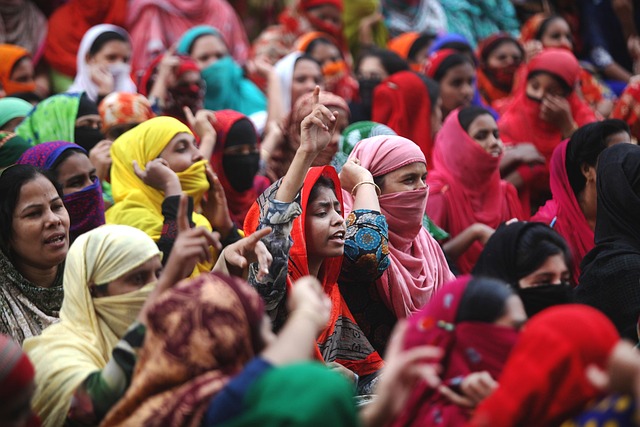In a world increasingly beset by the escalating impacts of climate change, the call for solidarity within the environmental movement has never been more pressing. Every day, we are reminded of the urgency to unite our efforts, pushing towards a common goal: restoring balance to our planet’s ecosystems. The challenges we face, from rising sea levels to devastating wildfires, are not simply abstract phenomena; they are very real experiences that affect communities worldwide. Therefore, fostering a sense of solidarity is paramount.
Solidarity in the environmental movement means standing together across borders, cultures, and backgrounds, recognizing that climate change is a threat that transcends individual nations and demographics. It is a shared struggle faced by indigenous tribes, coastal communities, urban dwellers, and rural farmers alike. Each of these groups bears the brunt of environmental degradation, but together we can amplify our voices. Uniting our unique perspectives and experiences creates a powerful chorus that can demand the systemic changes needed to combat climate change.
Moreover, solidarity encourages collaboration among diverse environmental groups—from grassroots organizations advocating for local sustainability to large NGOs lobbying for international policy reforms. It is essential to break down the silos that often divide us in this movement. By sharing resources, knowledge, and strategies, we can create a more inclusive approach to environmental advocacy, one that recognizes the intersecting factors of race, class, and geography that exacerbate vulnerability to climate impacts.
This collective action is crucial for mobilizing larger segments of society. Regular individuals, not just activists or politicians, must understand that they have a role in this fight. Solidarity means reaching out to those who feel disconnected from the environmental movement, inviting them to join in. Whether through community workshops or social media campaigns, creating spaces for dialogue helps to dismantle barriers and empowers everyone to play a part in crafting solutions.
Education plays a pivotal role in building this solidarity. By informing ourselves and others about the nuances of climate change and its far-reaching effects, we can shift the narrative from one of despair to one of hope. Understanding that each action, no matter how small, can contribute to a larger change fosters a sense of collective responsibility. It ignites the passion to be active participants in the solution rather than passive spectators.
Let us not forget the importance of empathy in our pursuit of solidarity. Climate change often disproportionately affects marginalized groups, including low-income communities and people of color. A compassionate approach allows us to not only recognize these injustices but also to work towards rectifying them. By standing in solidarity with those on the front lines, we amplify their voices and shine a light on the systemic issues that perpetuate environmental harm.
As the consequences of climate change continue to unravel, our collective response must evolve. Solidarity can bridge divides and foster unity among diverse stakeholders, from local activists to global leaders. The time to come together is now, as we work towards innovative solutions that prioritize the health of our environment, while also stewarding social justice.
Ultimately, as we cultivate solidarity within the environmental movement, we create a formidable force capable of addressing the complex challenges of climate change. Let’s empower each other, embrace our interconnectedness, and champion a sustainable future for generations to come. The path forward is yours to shape—together.




